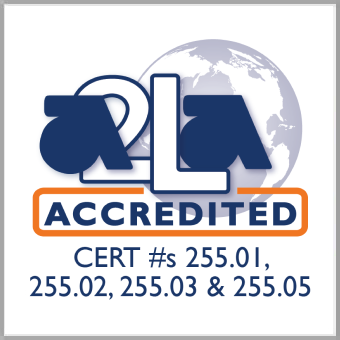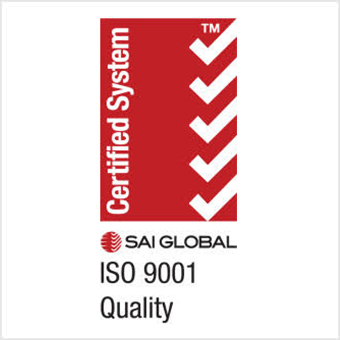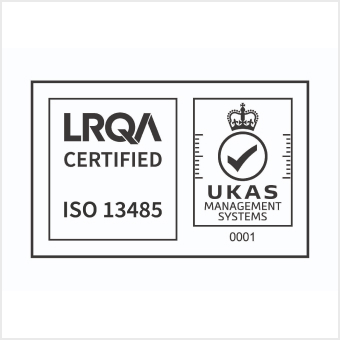Rubber – Deterioration in an Air Oven
Part 1: Introduction to Rubber Deterioration and Testing Methods
- What is Rubber Deterioration?
- Definition and scientific background of rubber deterioration
- The role of rubber in industries and the importance of understanding its aging
- Factors contributing to rubber deterioration: Temperature, oxygen, ozone, UV radiation, and mechanical stress
- The Importance of Deterioration Testing
- The need for rubber testing in various industries (automotive, aerospace, medical, etc.)
- Predicting the lifespan of rubber components in service
- Safety, regulatory, and performance considerations
- How air oven testing helps simulate real-world conditions
- Overview of Air Oven Testing
- The concept of using an air oven for accelerated aging and deterioration testing
- History and development of air oven testing methods for rubber
- Advantages and limitations of using air oven testing for rubber materials
- Standardized protocols for conducting air oven tests
Part 2: The Science of Rubber Deterioration
- Physical and Chemical Mechanisms of Rubber Deterioration
- Oxidation and crosslinking: How oxygen and heat contribute to rubber deterioration
- Chain scission, hardening, and embrittlement: How heat breaks down the molecular structure of rubber
- The role of fillers, plasticizers, and stabilizers in rubber durability
- The relationship between molecular weight, crosslink density, and thermal stability
- Thermal Aging of Rubber
- The effect of heat on rubber’s physical properties: Hardness, tensile strength, elongation at break, and resilience
- Changes in the chemical structure of rubber during prolonged heat exposure
- The influence of temperature on the rate of deterioration and how to simulate this with air oven tests
- Understanding the Arrhenius equation and its application in accelerated aging tests
- Environmental Factors Affecting Rubber Durability
- The impact of ozone, UV light, and humidity on rubber during exposure
- Synergistic effects of heat and environmental factors
- How air oven testing simulates the effects of long-term exposure to heat in the presence of oxygen
Part 3: Air Oven Testing Methodology
- Air Oven Test Equipment and Setup
- Types of air ovens used for rubber deterioration testing (standard, forced-air, and other variations)
- Calibration and temperature control mechanisms in air oven testing
- Sample preparation: Cutting, conditioning, and mounting rubber samples for testing
- Monitoring and recording environmental conditions during the test (temperature, humidity, and oxygen levels)
- Testing Protocols and Procedures
- Common air oven testing standards: ASTM D573, ISO 188, and others
- Temperature ranges typically used in air oven tests for rubber (e.g., 70°C to 200°C)
- Test durations and intervals: How long to expose rubber samples to heat for meaningful results
- Test frequency and recovery: Checking rubber properties at different stages of the aging process
- Data Collection and Analysis in Air Oven Testing
- Physical property measurements before and after testing: Hardness, tensile strength, elongation, and modulus
- Chemical analysis of rubber degradation: FTIR, TGA, DSC, and other techniques
- Surface analysis of rubber: Changes in color, surface roughness, and cracking
- Statistical analysis methods to interpret aging test results
Part 4: Rubber Materials and Their Response to Air Oven Testing
- Elastomers: Types and Characteristics
- Natural rubber (NR), synthetic rubbers (SBR, BR), and thermoplastic elastomers (TPE)
- Comparing the thermal stability of different types of elastomers
- The role of additives like antioxidants and stabilizers in enhancing heat resistance
- Rubber formulations and their impact on deterioration rates
- Automotive Rubber Components
- Rubber used in automotive parts: Seals, gaskets, hoses, tires, and weatherstripping
- Specific challenges in the automotive industry regarding heat aging of rubber
- Air oven testing of rubber seals and gaskets in automotive applications
- Predicting the performance and longevity of automotive rubber parts under heat exposure
- Aerospace Rubber Components
- Rubber materials in aerospace: Seals, gaskets, and engine components
- The critical role of heat resistance in aerospace applications
- How air oven testing helps simulate extreme operating conditions in aviation and space exploration
- Case studies of rubber failure in aerospace applications due to inadequate heat resistance
- Medical Rubber Applications
- Rubber used in medical devices: Tubing, seals, gaskets, and implants
- Heat aging tests in the medical field: Ensuring the safety and durability of medical rubber components
- Special considerations for biocompatibility and sterilization in medical rubber testing
Part 5: Standards and Regulations in Rubber Deterioration Testing
- Industry Standards for Air Oven Testing of Rubber
- ASTM D573: Standard Test Method for Rubber—Deterioration in an Air Oven
- ISO 188: Accelerated Aging Tests for Rubber
- DIN 53508: Rubber—Determination of Heat Ageing
- SAE J200: Rubber Materials for Automotive Applications
- Comparing and contrasting various standards for air oven testing
- Global Regulatory Requirements
- Regulatory bodies overseeing rubber material safety and durability: UL, FDA, CE, and others
- Certification processes for rubber components in automotive, aerospace, and medical applications
- How air oven testing contributes to meeting regulatory standards and ensuring product safety
Part 6: Applications and Case Studies
- Automotive Industry Case Studies
- Case study 1: Deterioration of rubber seals in high-temperature environments
- Case study 2: Rubber aging in under-the-hood automotive components
- Long-term performance and durability prediction of rubber in automotive applications
- Aerospace Industry Case Studies
- Case study 1: Rubber seals and gaskets used in aircraft and spacecraft
- Case study 2: Heat degradation of rubber in aerospace engine components
- The importance of heat aging tests for ensuring operational safety and reliability in extreme conditions
- Medical Industry Case Studies
- Case study 1: Rubber seals and gaskets in medical devices
- Case study 2: Heat degradation of rubber components used in surgical instruments
- Regulatory impact of heat aging on medical rubber products
- Consumer Goods Case Studies
- Case study 1: Rubber materials used in consumer goods: Footwear, toys, and household products
- Case study 2: Heat degradation in rubber products for everyday use
- Predicting the service life of consumer rubber goods using air oven testing
Part 7: Advances and Future Directions in Rubber Deterioration Testing
- Advances in Rubber Deterioration Testing
- New developments in air oven testing technology: Improved temperature control, monitoring systems, and data analysis tools
- The use of 3D modeling and simulations to predict rubber deterioration
- The role of artificial intelligence in analyzing test data and predicting rubber performance
- Sustainable Rubber Materials and Testing
- The rise of eco-friendly and biodegradable rubber materials
- The challenge of testing sustainable rubber under accelerated heat aging conditions
- How air oven testing is evolving to meet sustainability standards in the rubber industry
- The Future of Rubber Deterioration Testing
- Predictions on the future of rubber testing technologies and methods
- The role of aging simulations and predictive models in material selection and product development
- Innovations in rubber formulations that enhance heat resistance and prolong service life
Conclusion
- Summary of Key Findings
- Recap of the key factors affecting rubber deterioration in air oven testing
- The role of air oven tests in predicting rubber performance and durability
- Industry-specific applications and how air oven testing contributes to safety, performance, and longevity
- Final Thoughts on the Importance of Rubber Deterioration Testing
- The essential role of heat aging tests in ensuring the quality and reliability of rubber materials across industries
- The continuous need for improving testing methods to match new material innovations and application demands



